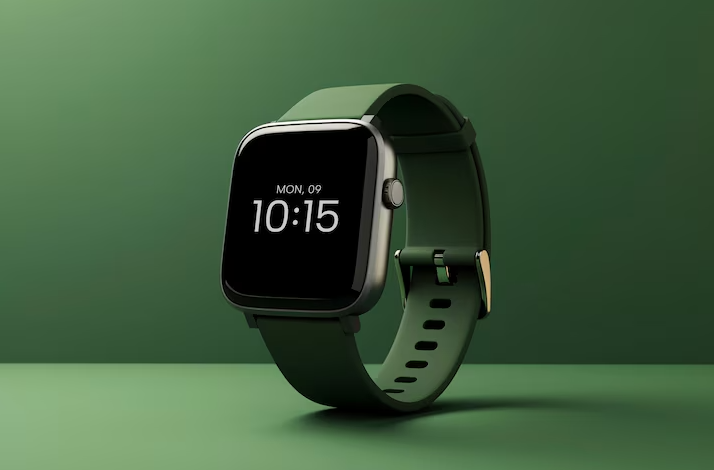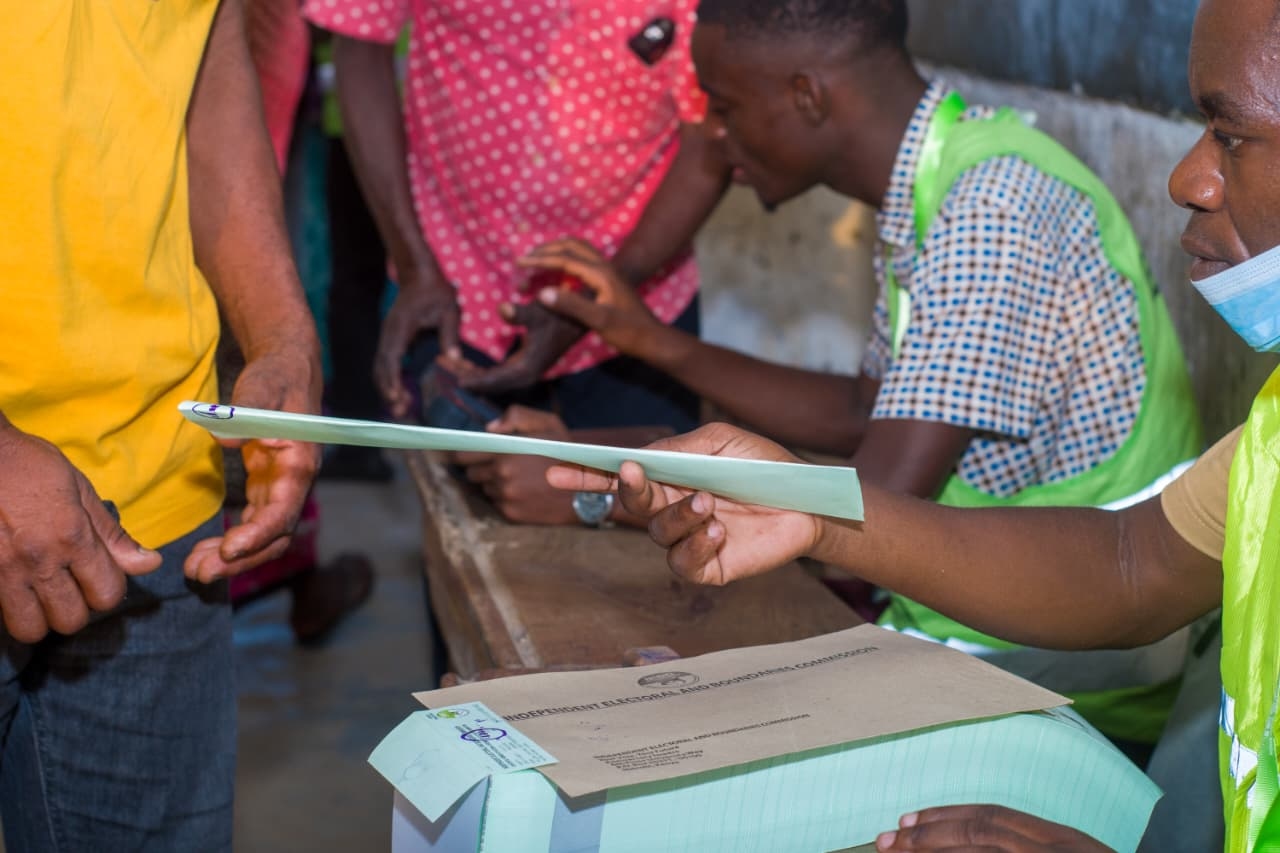Huawei overtakes Apple as global leader in wrist-worn wearables market

The report, released this week, shows that Huawei shipped more smartwatches and fitness bands than any other company in the first quarter of 2025, edging out Apple, which had held the top position for years.
Chinese tech giant Huawei has overtaken Apple to become the leading vendor in the global wrist-worn wearables market, marking a significant shift in industry dynamics and ending Apple’s long-standing dominance in the category.
According to a new 2025 report by the International Data Corporation (IDC), this represents a major shake-up in the global wearables landscape.
More To Read
- Android users can now share files via Apple’s AirDrop
- OnePlus 15 launches globally, targets Apple and Samsung dominance
- Samsung SmartThings now works with Siri shortcuts on iPhone, Apple Watch
- Apple to unveil next-generation devices powered by new M5 chip
- Apple launches global tool to help Spotify users switch to Apple Music easily
- Apple releases iOS 26 with custom icons that sync to MagSafe cases
The report, released this week, shows that Huawei shipped more smartwatches and fitness bands than any other company in the first quarter of 2025, edging out Apple, which had held the top position for years.
The global wrist-worn wearables market, which includes smartwatches and fitness bands, shipped 45.57 million units between January and March 2025, representing a 10.5 per cent increase compared to the same period last year.
Huawei’s success was driven by strong sales in China, the world’s largest wearables market, and the launch of the new Band 10, which performed well both domestically and internationally.
The company has also integrated its wearables with its HarmonyOS software, creating a user-friendly ecosystem across devices.
IDC notes that Huawei’s smartwatches and fitness bands are benefiting from features such as health tracking, long battery life, and affordability—qualities that are appealing to consumers globally, including in price-sensitive markets such as Kenya.
Xiaomi also made gains, with its entry-level Redmi wearables attracting budget-conscious users.
Samsung, however, saw a slight decline in shipments as it faced stiff competition from both Huawei and Apple in the mid- to high-end segment.
Meanwhile, Garmin has maintained its niche position as a preferred brand for sports and fitness enthusiasts, particularly with its outdoor-focused gear.
Huawei and Xiaomi already enjoy a strong presence in Kenya’s smartphone market, and their more affordable wearables are becoming increasingly visible in electronics shops and online marketplaces.
Top Stories Today

















































